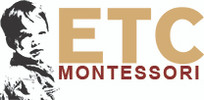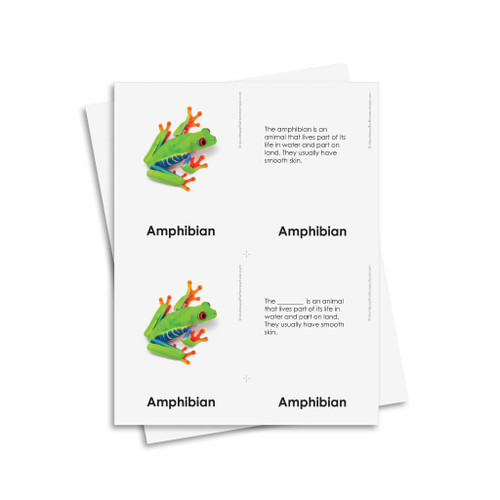Product Overview
- Designed with our easy cut system - 5 cuts or less. Requires only 3 cuts.
- Printed on premium thick card stock. May be used unlaminated or laminated
Classified nomenclature for the External Characteristics of Echinoderms. Used in the study of zoology in the elementary. This set focuses on just the Echinoderms.
Includes:
- 1 Wall Chart
- Control picture and label
- Control definition and label
- Matching picture with label, and
- Matching definition with blanks and label
Since the control charts and control cards are included, we do not include a booklet.
A quiet tide-pool, a five-armed sea star easing over rock, tube feet lifting grains of sand—when a child learns that this creature is an echinoderm and that its “little suction cups” form part of a water vascular system, fleeting wonder turns into scientific thought.
1. Builds a Precise Scientific Vocabulary
-
Roots that travel well – Words such as madreporite (“mother-pore”), ossicle (“little bone”), and pentaradial (“five-ray”) introduce Latin-Greek building blocks children will meet again in later biology and even geometry.
-
Core concepts – Labeling the water vascular system and tube feet clarifies how sea stars move without muscles in the way vertebrates do.
2. Sharpens Observation and Classification
-
Form → function reasoning – Noting five-part radial symmetry invites questions about balance and defense, while naming ambulacral grooves guides attention to food transport.
-
Criteria-based sorting – Distinguishing echinoderms from mollusks or cnidarians (all marine, but with different symmetry, skeletons, and movement) rehearses grouping by internal structure, not surface look.
3. Grounds Abstract Ideas in Concrete Experience
Montessori classrooms flourish on hands-on work: a dried sand-dollar test, an urchin’s spiny skeleton, or a living sea cucumber in a salt-water tub. Three-part cards that label aboral surface, sieve plate, and spines make otherwise abstract anatomy tangible.
4. Fosters Systems Thinking and Ecology
-
Keystone roles – Once students can say “the crown-of-thorns sea star preys on coral polyps,” they can explore reef health and predator–prey balance.
-
Nutrient cycling – Recognizing a sea cucumber as a benthic detritivore sparks conversations about how ocean floors stay clean.
5. Cultivates Respectful Stewardship
Specificity nurtures empathy. A child who can identify a live sand dollar test versus a bleached shell is more likely to leave living specimens in place and champion marine-reserve rules.
6. Integrates Seamlessly Across the Curriculum
| Curriculum Area | Practical Tie-In |
|---|---|
| Language | Root study (echino- = spiny, derma = skin); sentence analysis with echinoderm terms. |
| Mathematics | Graphing pentaradial arm lengths, measuring ossicle sizes, calculating regeneration times. |
| Cultural Studies | Exploring sea urchin roe in Mediterranean cuisine or sea-star symbolism in Pacific Island art. |
| Art | Radial-symmetry prints of sand-dollar patterns; watercolor washes of urchin spines. |
| Practical Life | Maintaining salinity in a classroom marine tank; recording behavior after feeding. |
7. Prepares for Higher-Order Research
Early mastery of terms such as Asteroidea (sea stars), Echinoidea (urchins, sand dollars), and Holothuroidea (sea cucumbers) lets older elementary students navigate field guides, biodiversity databases, and citizen-science reef surveys confidently.
RESOURCES
Look at our Science Flow Chart for Upper Elementary and that for Lower Elementary to see how this work fits in with the traditional Montessori curriculum.
STANDARDS
View the Standards met through this material
SUGGESTED CONTAINERS
These suggested containers are based on a rotational model
1 Clear Snap Envelopes - Small







